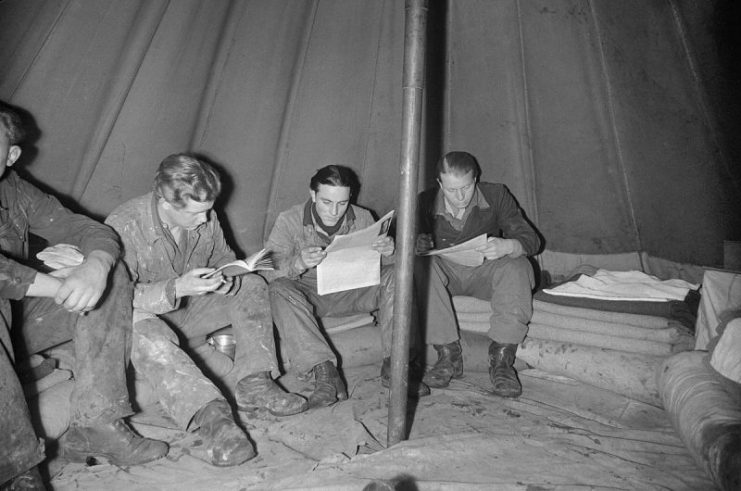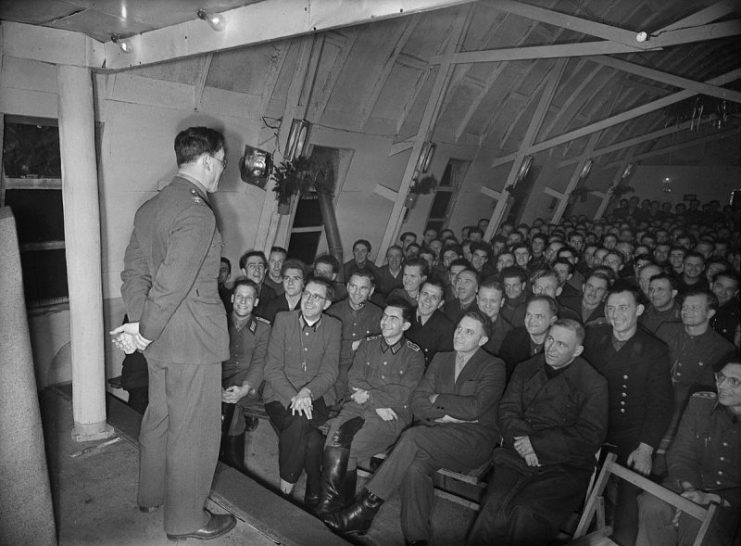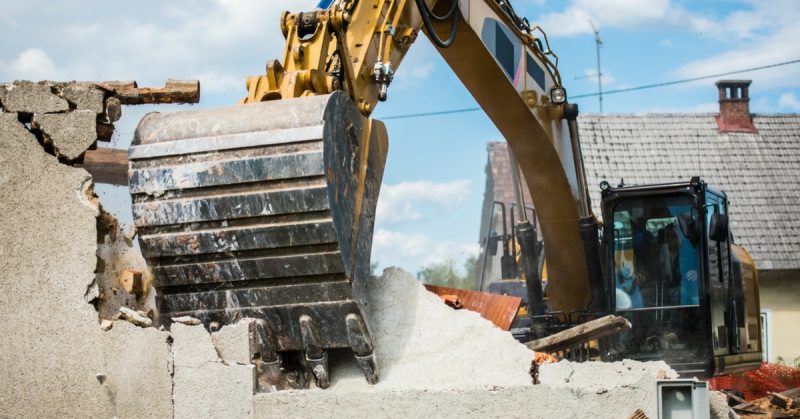On Boxing Day, just after the end of World War II in 1945, former prisoners of war at a camp near Bishop’s Stortford in the UK held a football match with the residents of the local town of Hatfield Heath.
Now, that camp could be torn down in order to make way for twenty-five luxury homes costing one million pounds each.
At the height of the war, the camp had held hundreds of Austrian, German and Italian prisoners.
The buildings have not been cared for over the decades since the war’s end. But some of those buildings contain amazing works of art painted by the prisoners before their release.
Nearby villagers are not pleased with the application to tear down the buildings in the camp. There is a widespread demand that the buildings be preserved for the benefit of future generations.

They have a Facebook page called “History not Houses” to coordinate their efforts to thwart the developer’s plans.
Jim Bradley, who is active in the campaign, believes that the camp should not be razed under any conditions. He said that it has been a part of the history of the village since 1941 and is considered a site of great importance, both locally and as part of the history of Britain. Bradley said that he couldn’t bear the thought of it being torn down for upmarket housing.
Furthermore, the camp is located in a green belt area and, according to Bradley, doesn’t have the infrastructure to cope with so many large homes.
A representative for the owners of the property said that the plans call for 10 affordable housing units with the rest being sold on the open market.
The application to tear the camp down was filed with the Uttlesford District Council.
Bradley feels that although the camp has been allowed to deteriorate, it is still possible to restore it. He’d rather see the property turned into a museum which would provide employment and revenue for other businesses in the community.

A spokesman for Uttlesford Council said that the application would be considered in line with national planning guidance, just as any similar application would be. He also said that any documentation in support or opposition would be considered along with the application.
The spokesman noted that the property is not on the statutory list of buildings of historic interest, so no permission is needed for the property owners to demolish the site. He also pointed out that the parish council had nominated the property to be added to the list of Assets of Community Value which could give them the opportunity to buy the land.
700 people watched the former prisoners defeat the Hatfield Heath villagers, 11-0 on that Boxing Day.
The prisoners had been brought to England and interred in the country where they worked on local farms, growing food that was essential to the British war effort. Many local residents invited the prisoners into their homes and many prisoners remained in the UK when the war ended.
In 1941, the camp was founded for the internment of Italian PoWs. In 1943-44, German and Austrian prisoners were moved to the camp. Farm equipment and tools used by the prisoners are still to be found in the camp. Part of the property is still used as an egg packing plant, one of the jobs the prisoners were engaged in during the war.
